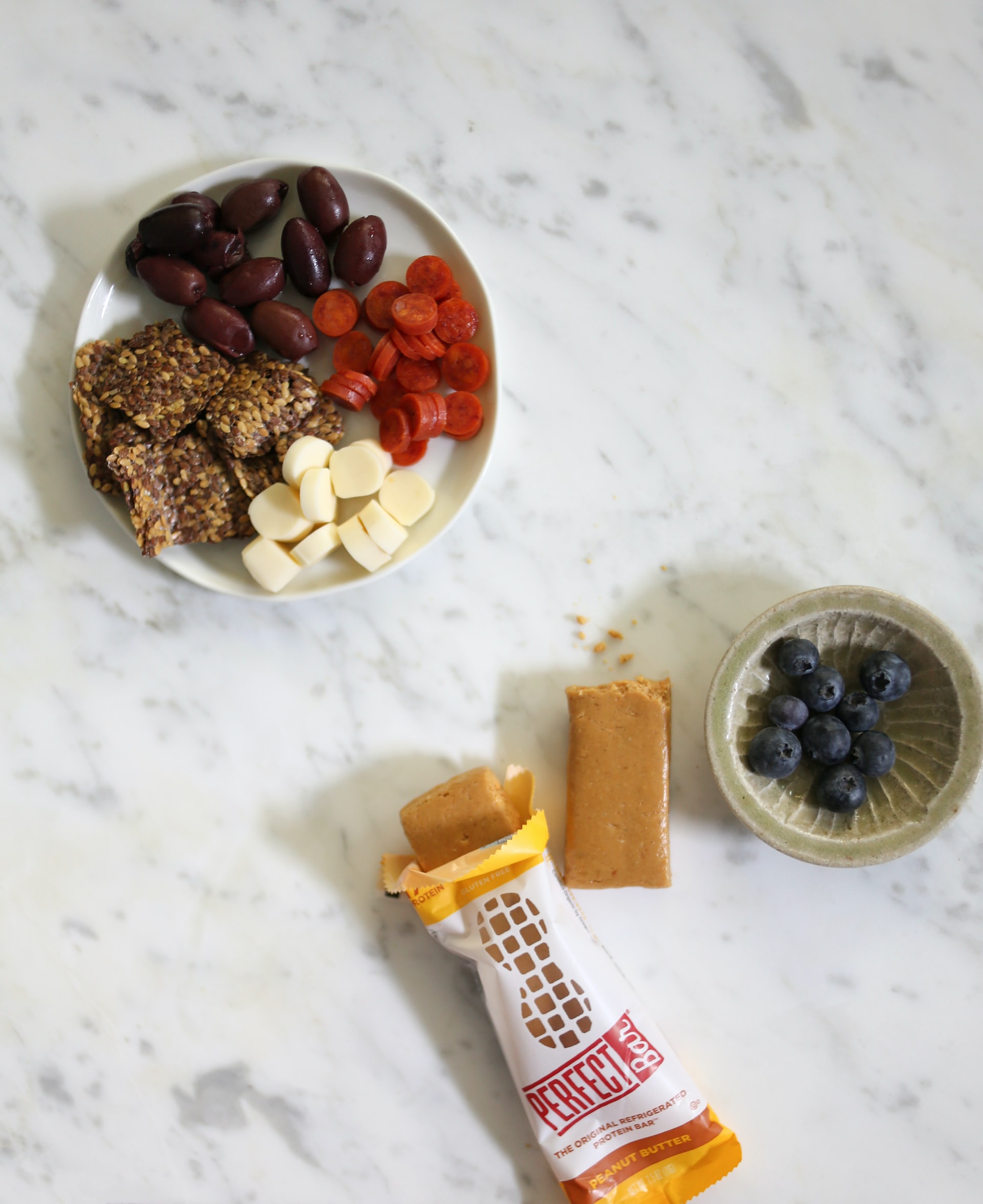Want to live longer? Want to improve the quality of that newly extended life? The protocols that deliver a better quality of extended life are already widely known and used. Elite bodybuilding methodology has created a legion of super-agers, human beings, male and female, that look, act, and feel decades younger than their chronologic reality. The good news is that these protocols recommended for quality-of-life improvement will also make you fit, lean, and muscular (as an extra-added bonus).
Factually, this is backward: becoming fit, lean, and muscular is what makes you a super-ager. Regular folks should expropriate hardcore bodybuilding tactics, detune them a bit (make elite tactics user-friendly without eviscerating them), and, with patience and adherence, dramatically morph the physique over time. The Transformational Triumvirate consists of resistance training, cardiovascular training, and nutrition.
Nutritional Empiricism: Detox and re-energize…as an extra-added bonus, live longer, improve your quality of life – and get ripped!
Becoming more muscular and losing body fat not only slows or stops the aging process, but when done right, with the requisite intensity and sustained adherence, the aging process reverses. Be aware that the single most important step a person can take towards dramatic physical improvement in physique and performance is not training. The critical step is to clean up the diet by improving the quality of the food fuel we put into this exquisite machinery, the soft machine we call the human body.
The most important leg of the super-ager transformative triumvirate is nutrition – what food fuel do we select? When do we consume our food? How much do we consume? Without disciplined eating, progress will necessarily be subpar. A man can be as strong as Samson, possess the cardio of a locomotive – and still be obese. Without coordinated nutrition, you are just training. Disciplined eating is the foundational practice of the transformational triumvirate. Having said this, to optimize physiological results, diet alone is insufficient. Atop a regimented dietary approach, institute a strength training regimen and a cardiovascular protocol.

A successful super-ager always has a plan. Periodization is sophisticated and detailed preplanning. The classical periodized cycle is twelve weeks long, with three 4-week micro-cycles tucked inside a three-month macro-cycle. What are the characteristics of a classic periodization cycle? How do you periodize nutrition? Firstly, establish body weight and body composition overarching goals. Coordinate nutritional protocols with the exercise protocols. Our overarching goal is enduring and unchanging: build lean muscle mass and oxidize stored body fat.
- Establish overarching physiological goals. Goals need to be motivating yet realistic.
- Set goals within a specific timeframe. The typical “cycle” is 10 to 16 weeks in length.
- Reverse-engineer individualized goals backward to a starting point.
- Simultaneously, pursue multiple goals.
- Establish sequential weekly benchmarks. Systematically attain these micro-goals.
- Periodize both exercise formats.
- Periodize nutrition.
- Periodize scheduling: learn how to fit all the aspects of the transformational triumvirate into your life.
Here is a sobering statistic: 70% of America is obese. The cause of our obesity is (primarily) our choice of fuel: designed to run on high-octane racing fuel when tuned up, muscled-up, and lean, the human body possesses a fabulous power-to-weight ratio. In top form, the human body is akin to a 780-horsepower V-8 Ferrari 488. Modern humans try to run fickle Ferraris, not on highly combustible, drag-racing nitromethane. No, modern humans insist on fueling the Ferrari with kerosene.
Trash fuel gums up machinery, performance plummets, and eventually, inevitably, a catastrophic breakdown occurs. All preventable: the first order of business is to clean up the fuel and purge your caloric selections. For eons, all men everywhere ate nothing but organic. In 1950, 1% of the American adult population had pre-diabetes. In 2024, that has risen to 50%. Again, this is attributable to the kerosene we insist on using to fuel our Ferrari body.
We all know the science: eating ultra-processed calories causes the fuel to inject insulin into the bloodstream. Insulin’s job is to take blood sugar out of the bloodstream and deposit the sugar into a receptive cell. Gummed-up insulin receptor sites, clogged with kerosene, are incapable of accepting the blood sugar. The body misinterprets the inability of the mitochondria (the cells 244-cubic inch, four-cam, twin-turbo V-8 engine) to accept blood sugar. The body falls apart since the cells are not accepting the circulating sugar and then overcompensates, sending more insulin into the bloodstream.
Here is an inconvenient fact: when insulin floods the bloodstream, there can be no body fat oxidation. The world’s best, most effective dieters are competitive bodybuilders. Long ago, they figured out how to control insulin via nutritional manipulation. Set aside the PED-abusing, over-inflated, professional bodybuilders. Instead, focus on the all-natural lifetime drug-free bodybuilders, the kind you can see competing at local bodybuilding shows held at a high school in your neighborhood.
You will be amazed how even at the local level, the elites that compete, be they neophyte teenagers or 70 + year old competitors, all the winners and top competitors, are regularly and routinely attaining sub-10%, single-digit body fat percentiles – this while retaining 90% of the muscle mass built in the off-season. What is the bodybuilder’s protocol? They combine weight training with aerobic training and underpin the intense exercise with incredibly strict bodybuilding-style nutrition.

The heart and soul of competitive bodybuilding is not the training; it is the nutrition. With dietary discipline and the ability to adhere consistently, attaining a single-digit body fat percentage becomes possible. The smart trainee, someone with no intention of ever competing in a bodybuilding competition, would still be well-advised to expropriate the big check squares that identify and characterize bodybuilding training and its (inconveniently unbending) dietary discipline.
To build muscle, you need high-intensity weight training. To improve aerobic fitness, you need sweaty cardio. To attain a sub-10% body fat percentile, combine clean calorie dieting with intense and sweaty exercise. Below is a nutritional snapshot of a bodybuilder’s daily meal schedule. As the competition approaches, they slowly reduce starch carbs (potatoes, rice, and oatmeal.) This creates a blast furnace metabolism (amplified by exercise) that oxidizes the last vestiges of body fat.
7 am Meal 1 Egg white omelet with diced vegetables, oatmeal
10 am Meal 2 Turkey cutlet lettuce wrap, asparagus, rice
1 pm Meal 3 Bison burger, rice, small salad, vinegar/oil
4 pm Meal 4 Sports nutrition bar, whey protein shake (post-workout)
7 pm Meal 5 Grilled filet of beef, carrots, sweet potato
10 pm Meal 6 Caseinate protein shake, beef liver tablets (60 grams of protein before bed)
*Augmented with various pills: minerals, amino acids, vitamins C and D, creatine monohydrate, etc.
At the culmination of a successful lean-out phase, the pendulum stroke ceases moving in that direction. Naturally, it swings back in the oppositive direction: the perfect time to commence a mass-building phase is coming off a successful lean-out phase. What better way and time to slowly add lean, fat-free muscle than rebounding from a low-cal lean-out phase? What a joy to slowly add back those delicious complex carbohydrates. For a competitive bodybuilder, the periodized pendulum swing is eternal, from one extreme to another.
As the years roll by, those who adhere tightly to the transformational triumvirate, those who become attuned to and obey the natural rhythms of the periodized pendulum swing, inevitably, invariably, undergo a radical and dramatic physiological metamorphosis. While mainstream fitness is meek and mild, a mile wide and an inch deep, hardcore bodybuilder and super-ager protocols are an inch wide and a mile deep.






0 Comments